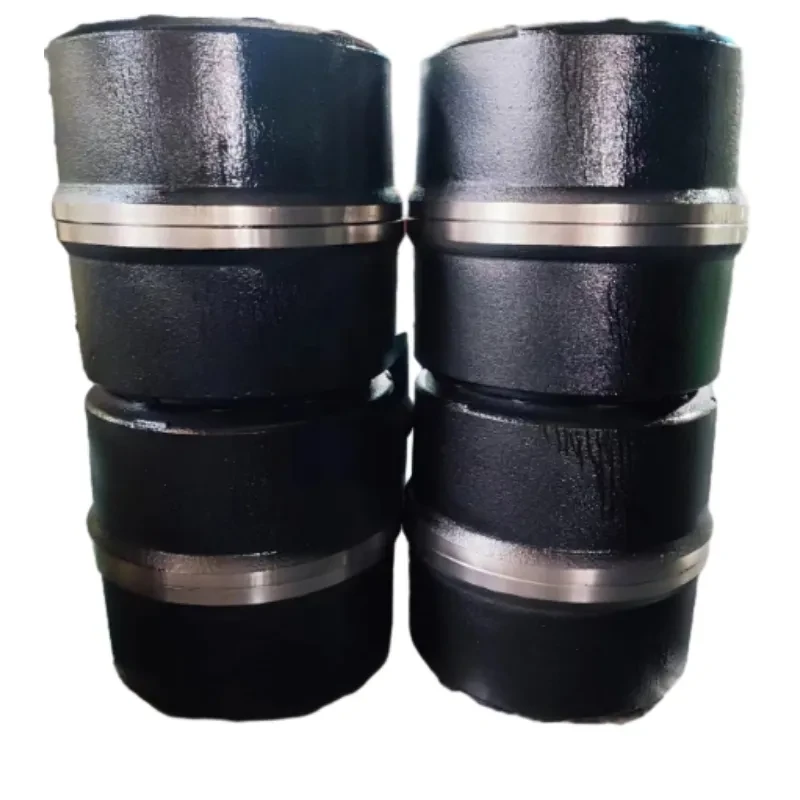
-
 Afrikaans
Afrikaans -
 Albanian
Albanian -
 Amharic
Amharic -
 Arabic
Arabic -
 Armenian
Armenian -
 Azerbaijani
Azerbaijani -
 Basque
Basque -
 Belarusian
Belarusian -
 Bengali
Bengali -
 Bosnian
Bosnian -
 Bulgarian
Bulgarian -
 Catalan
Catalan -
 Cebuano
Cebuano -
 Corsican
Corsican -
 Croatian
Croatian -
 Czech
Czech -
 Danish
Danish -
 Dutch
Dutch -
 English
English -
 Esperanto
Esperanto -
 Estonian
Estonian -
 Finnish
Finnish -
 French
French -
 Frisian
Frisian -
 Galician
Galician -
 Georgian
Georgian -
 German
German -
 Greek
Greek -
 Gujarati
Gujarati -
 Haitian Creole
Haitian Creole -
 hausa
hausa -
 hawaiian
hawaiian -
 Hebrew
Hebrew -
 Hindi
Hindi -
 Miao
Miao -
 Hungarian
Hungarian -
 Icelandic
Icelandic -
 igbo
igbo -
 Indonesian
Indonesian -
 irish
irish -
 Italian
Italian -
 Japanese
Japanese -
 Javanese
Javanese -
 Kannada
Kannada -
 kazakh
kazakh -
 Khmer
Khmer -
 Rwandese
Rwandese -
 Korean
Korean -
 Kurdish
Kurdish -
 Kyrgyz
Kyrgyz -
 Lao
Lao -
 Latin
Latin -
 Latvian
Latvian -
 Lithuanian
Lithuanian -
 Luxembourgish
Luxembourgish -
 Macedonian
Macedonian -
 Malgashi
Malgashi -
 Malay
Malay -
 Malayalam
Malayalam -
 Maltese
Maltese -
 Maori
Maori -
 Marathi
Marathi -
 Mongolian
Mongolian -
 Myanmar
Myanmar -
 Nepali
Nepali -
 Norwegian
Norwegian -
 Norwegian
Norwegian -
 Occitan
Occitan -
 Pashto
Pashto -
 Persian
Persian -
 Polish
Polish -
 Portuguese
Portuguese -
 Punjabi
Punjabi -
 Romanian
Romanian -
 Russian
Russian -
 Samoan
Samoan -
 Scottish Gaelic
Scottish Gaelic -
 Serbian
Serbian -
 Sesotho
Sesotho -
 Shona
Shona -
 Sindhi
Sindhi -
 Sinhala
Sinhala -
 Slovak
Slovak -
 Slovenian
Slovenian -
 Somali
Somali -
 Spanish
Spanish -
 Sundanese
Sundanese -
 Swahili
Swahili -
 Swedish
Swedish -
 Tagalog
Tagalog -
 Tajik
Tajik -
 Tamil
Tamil -
 Tatar
Tatar -
 Telugu
Telugu -
 Thai
Thai -
 Turkish
Turkish -
 Turkmen
Turkmen -
 Ukrainian
Ukrainian -
 Urdu
Urdu -
 Uighur
Uighur -
 Uzbek
Uzbek -
 Vietnamese
Vietnamese -
 Welsh
Welsh -
 Bantu
Bantu -
 Yiddish
Yiddish -
 Yoruba
Yoruba -
 Zulu
Zulu
Understanding the Functionality of Drum Brake Power Boosters in Automotive Systems
Understanding Drum Brake Power Boosters An Overview
Drum brake systems have been a staple in automotive engineering for decades, providing effective stopping power and reliability. However, to enhance their performance, especially in larger vehicles or those requiring more stopping force, manufacturers often incorporate power boosters. This article delves into the concept of drum brake power boosters, discussing their functionality, benefits, and applications.
What is a Drum Brake Power Booster?
A drum brake power booster is a device that amplifies the force applied to the brake pedal, allowing for increased braking efficiency without requiring additional effort from the driver. Essentially, it acts as a mechanical advantage, using air pressure to assist in actuating the drum brakes. This technology is especially beneficial in vehicles where heavier loads may demand greater braking force, such as trucks and SUVs.
How Does it Work?
The operation of a drum brake power booster primarily revolves around the principles of hydraulics and air pressure. When the driver presses the brake pedal, a small piston within the booster is activated. This piston creates a vacuum that, in conjunction with atmospheric pressure, intensifies the force exerted on the brake system. The amplified force is then transmitted to the brake shoes, which press against the drum, resulting in effective deceleration of the vehicle.
The interaction between the booster and the brake system allows for a smoother and more responsive braking experience. Moreover, the reduced effort required by the driver can contribute to greater comfort during operation, especially in stop-and-go conditions.
Benefits of Using a Power Booster
drum brake power booster

1. Increased Braking Efficiency One of the most significant advantages of a drum brake power booster is the improved efficiency it brings to the braking system. This ensures that even with minimal pedal effort, drivers can achieve maximum braking force, enhancing safety.
2. Reduced Driver Fatigue In vehicles that experience frequent braking, such as those in urban environments, the use of a power booster significantly reduces the physical exertion required from the driver, thereby minimizing fatigue during long drives.
3. Enhanced Vehicle Performance Power boosters not only improve braking efficiency but also contribute to overall vehicle handling. As braking becomes more responsive, drivers can maintain better control, particularly in critical situations or emergency stops.
4. Versatility Drum brake power boosters can be applied across a variety of vehicle types, making them adaptable for use in passenger cars, commercial trucks, and even certain performance vehicles. This versatility allows manufacturers to cater to diverse market needs.
Applications in Modern Vehicles
While drum brakes are often considered less advanced compared to disc brakes, they still play an essential role in many vehicles, especially in the rear braking systems. The integration of power boosters has allowed drum brakes to remain relevant in the modern automotive industry. Vehicles designed for heavy loads, such as delivery trucks and buses, particularly benefit from brake boosters, as they require robust braking capabilities to ensure safety and performance.
Conclusion
In conclusion, drum brake power boosters represent an important innovation in automotive engineering, enhancing the efficiency and safety of braking systems. By amplifying the force exerted by the driver, these devices reduce fatigue and improve vehicle control. As the automotive industry continues to evolve, the relevance of drum brakes, complemented by power boosters, underscores the importance of balancing performance, safety, and comfort in vehicle design. Understanding and appreciating these components can provide valuable insights into the complexities of automotive braking systems.
-
Rear Drum Brakes Maintenance TipsNewsAug.04,2025
-
Key Components Affecting Brake Drum FunctionNewsAug.04,2025
-
Important Inspection for Truck Drum BrakeNewsAug.04,2025
-
How to Prepare for Changing Rear Drum BrakesNewsAug.04,2025
-
Essential Tools for Cleaning Drum Brakes ProperlyNewsAug.04,2025
-
Brake Drum Function GuideNewsAug.04,2025
-
Safety Features of Red Brake DrumsNewsAug.01,2025
